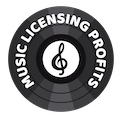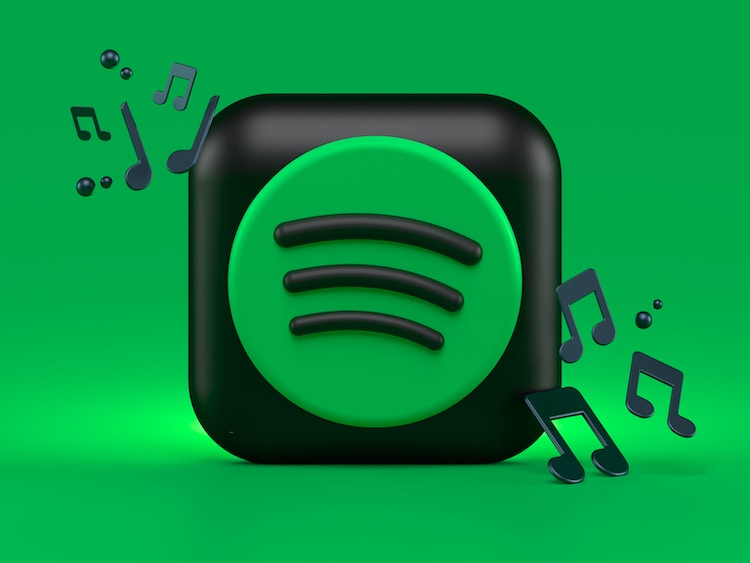In Music Licensing Profits we talk a whole lot about Music Licensing when it comes to someone syncing your music to a film or a TV show, but having an agreement with a Digital Service provider (DSP) such as Spotify and/or Apple Music is also a Music License as well. The difference is the amount you get paid for that license. Unfortunately the streaming rates these DSP’s pay are somewhat shocking compared to what CD’s and Vinyl LP’s used to pull in 25 years ago. Let’s review some recent figures below.
One of the most popular music streaming platforms is Spotify, which currently boasts over 356 million active users worldwide. According to a report published by “Information is Beautiful” in 2020, Spotify pays an average rate of $0.0032 per stream to music artists. This means that an artist would need around 315 streams to earn just one dollar from Spotify. These numbers don’t even take into account that often times the artist has signed with a record label that typically would take in the larger share of this income.
Apple Music is another popular streaming platform that pays artists a higher rate per stream compared to Spotify. According to recent reports, Apple Music pays an average of $0.007 per stream to artists. This means that an artist would need around 143 streams to earn one dollar from Apple Music. One reason Apple can pay a higher rate is it receives revenue from a customer subscription base only and does not offer a free ad- oriented service like Spotify does.
Tidal is a high-fidelity streaming platform that pays artists the highest rate per stream compared to other DSPs. According to reports, Tidal pays an average of $0.0125 per stream to artists. This means that an artist would need around 80 streams to earn one dollar from Tidal. However, Tidal also has a much smaller user base compared to other platforms, which means that artists might not reach as many listeners on this platform.
YouTube is also a popular platform for music streaming, although it primarily pays artists through advertising revenue rather than direct streaming rates. According to reports, YouTube pays an average of $0.00074 per stream to artists. However, artists can also earn money through YouTube’s Content ID system, which allows them to monetize their music on the platform and earn a portion of the ad revenue generated from their videos.
Royalty rates can also differ from to steam to stream. Some record companies negotiate better terms for music licenses than others. This obviously leads to frustration for Music Artists and Labels who can’t negotiate these more favorable terms.
The Digital streaming platform experiment that began 25 years ago is certainly here to stay, however I think they have a long way to go in satisfying both the artist and customer experience alike. From the customer standpoint I’d like to see more information about the recording listed on the site, more info about who the songwriters and musicians are… more liner notes if you will. From the artist’s standpoint as these DSP’s revenue increases so should the rates paid out to artists, publishers and record labels. As consumers you can help better support artists by paying a monthly subscription rate to any one of these DSP’s. More subscription customers means higher rates paid out to creative artists both big and small. That being said, streaming subscriptions are increasing. During the covid pandemic global music subscribers surged 26.4%. Currently 82.1 Million Americans are paid subscribers! The most streamed song of 2021 was Levitating by Dua Lipa. It had over 626 million streams and paid out $4 Million to the artist and label.
Discover Where The Money’s Hiding in the Music Business, in 2023

